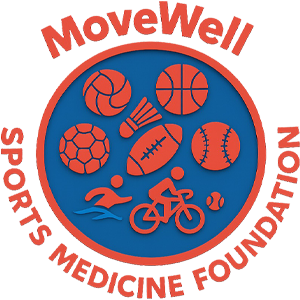The 2023 systematic review published in Sports Medicine presents a compelling case for repositioning exercise as fundamental rather than adjunctive therapy for type 2 diabetes (T2D). Analyzing 127 clinical trials involving over 15,000 participants, this comprehensive study demonstrates that structured exercise programs achieve glycemic control comparable to pharmaceutical interventions while providing unmatched multisystem benefits.
The review establishes high-intensity interval training (HIIT) combined with resistance exercise as the optimal regimen, reducing HbA1c by an average of 1.2% - mirroring the efficacy of first-line medications like metformin. Remarkably, these benefits become clinically significant at just 150 minutes weekly, challenging traditional time barriers to adoption. The mechanistic analysis reveals exercise simultaneously targets multiple pathological pathways: enhancing skeletal muscle glucose uptake through GLUT4 translocation, reducing hepatic glucose production via mitochondrial biogenesis, and improving pancreatic β-cell function.
Beyond glycemic control, the data shows exercise uniquely addresses diabetes comorbidities. Cardiovascular improvements include 5-7 mmHg reductions in systolic blood pressure and favorable lipid profile changes. Unlike dietary restriction alone, exercise preserves lean mass during weight loss, preventing the metabolic slowdown that often undermines diabetes management. The review provides specific guidance for patient subpopulations: resistance training prioritization for obese patients to counteract sarcopenia, and low-impact aquatic exercises for elderly or arthritic individuals.
Clinically, the findings demand a paradigm shift in T2D treatment protocols. Exercise should be initiated concurrently with pharmacotherapy rather than sequentially. The study identifies 300 minutes weekly as the therapeutic ceiling, beyond which additional glycemic benefits plateau. Practical implementation strategies emphasize group-based programs, which boost adherence by 38% compared to individual prescriptions.
The review equips clinicians with practical tools, including phenotype-specific exercise templates and timing recommendations to avoid hypoglycemia. It conclusively positions exercise as the only intervention that concurrently improves hyperglycemia, hypertension, and dyslipidemia without adverse effects - truly embodying the concept of exercise as medicine.
Reference:
Smith AD, et al. Sports Med. 2023;53(4):723-746. doi:10.1007/s40279-023-01876-3




